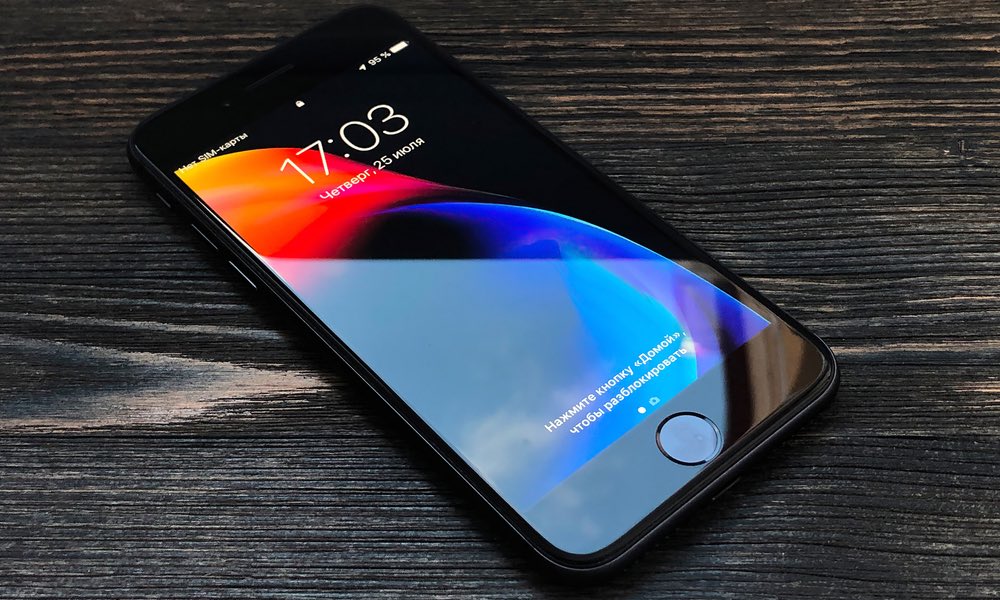Is the New iPhone SE’s Display the Same as the Obsolete iPhone 6?
 Credit: XanderSt / Shutterstock
Credit: XanderSt / Shutterstock
Toggle Dark Mode
Apple’s new iPhone SE second generation joins the iPhone 11 series and the iPhone XR in the company’s lineup.
The phone boasts Apple’s latest A13 processor and advanced camera features like Portrait Mode thanks to the power of the mobile processor. Not everything about the phone is cutting edge, though.
The display is decidedly old school with specifications that are closer to the iPhone 6 than the iPhone 11 or XR.
Below we’ll detail how the new iPhone SE’s display is the same as the iPhone 6, and a few ways it’s different.
Both Displays Are the Same Size
Both the iPhone SE 2nd Generation and the iPhone 6 share the same size display measuring 4.7-inches diagonally. The iPhone SE 2nd Generation is smaller than the iPhone 11 series and the iPhone XR, but larger than the original iPhone SE, which measured a mere 4-inches.
Both Share the Same Resolution
Not only does the iPhone 6 and iPhone SE 2nd generation have the same size display, but they also have the same resolution. Both the iPhone 6 and iPhone SE 2nd generation sport a display with 1334 x 750 pixels. When you look at the two handsets, the size of their text, images, and other content will look nearly identical.
Both Have the Same Retina Pixel Density
Apple is known for its retina display, rolling it out across its product line since the iPhone 4. While some devices have moved on to Super Retina displays, both the iPhone 6 and iPhone SE 2nd generation stick with the standard Retina display. Even as the size and resolution change, these retina displays maintain a consistent pixel density of 326ppi. Pixel density refers to the number of pixels per inch of screen. The higher the pixel density, the more pleasing the display appears. When you look at the iPhone 6 and the iPhone SE 2nd generation, both screens will look equally as crisp.
Both Keep the Same Contrast Ratio
The iPhone 6 was a big jump when it was introduced, moving from the 800:1 contrast ratio in the iPhone 5s to the significantly higher 1,400:1 in the iPhone 6. Though Apple debuted the iPhone 11 Pro with a whopping 2,000,000:1 contrast ratio, the company stayed with the 1,400:1 contrast ratio for its iPhone SE second generation.
Contrast ratio is the difference between the full black and the full white in a display. A contrast ratio of 1,400 means that full white is 1,400 times brighter than full black. The higher the number, the better the display quality. It comes down to subtle differences in a display. A high contrast display provides more detail, while a low contrast display provides less detail.
iPhone SE 2nd Generation Has True Tone
One feature that separates the iPhone SE 2nd Generation from the iPhone 6 is True Tone. True Tone adjusts the display based on the ambient lighting and colors around the phone. Rather than manually adjusting the brightness or color temperature, or using an app to control display parameters, the iPhone 2nd Generation, like the iPhone 11 series, does it automatically.
iPhone SE 2nd Generation Is Brighter
Even though their contrast ratio is the same, the iPhone SE 2nd Generation is 25% brighter than the iPhone 6 with 625 nits max brightness as compared to the 500 nits max brightness on the iPhone 6.
iPhone SE 2nd Generation Has a Wide Color Display
Apple switched over to a wide color P3 display, starting with the iPhone 7 and has carried this wide color gamut throughout all of its devices, including the iPhone SE 2nd Generation. The iPhone 6 has the older sRGB color profile, which shows fewer colors. As a result, colors will pop more on the iPhone SE 2nd Generation than the iPhone 6.






